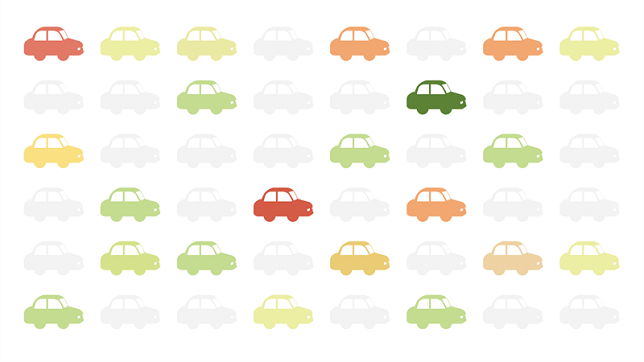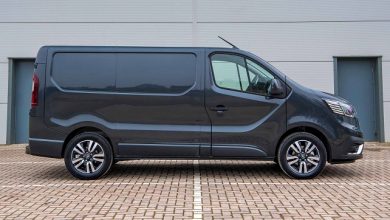Greater Than’s new micro-pattern profiling helps insurers, mobility providers and fleets predict cost and crash type

Greater Than has announced a deeper level of data analysis that predicts crash type as well as crash likelihood per driver. This new capability will help insurance, mobility, and fleet with risk forecasting, delivering both safety and financial benefits.
Pattern AI is already enabling Greater Than’s clients to predict crash risk and CO2 impact, using real-time GPS data analysis. Some of the key benefits are individual, fair insurance pricing, prompt identification of risk and timely actions for risk mitigation. After more than eight years of research, now, Greater Than is taking its risk prediction to another level by predicting cost and identifying crash type, as well as likelihood.
Greater Than will also launch a service where customers can build their own risk models, just by feeding the AI with their specific claims data. This will bring the information even closer to the core of unique business opportunities for each segment of the market.
“Currently we’re focusing on identifying the differences in patterns that can predict ‘driving forward’ and ‘parking and reversing’ collisions but as the data becomes more trained, it will be easier to categorize the collision types further. For example, we’ll be able to identify other crash types like lane-changing collisions. The benefits for insurers include precision pricing, loss forecasting and planning. For the insured – specifically, mobility and fleet – this insight assists with risk management, planning and optimized training,” says Sten Forseke, Founder of Greater Than.
Greater Than’s pattern AI technology recognizes patterns in driver behavior to create a unique DriverDNA for each trip and compares this against a database of over 7 billion real-life trips to determine a unique crash probability for each trip.
The company’s next-level micro-pattern profiling, which identifies crash type, will be included as standard in Greater Than’s Risk Portfolio Tracker solution. Data is collected via GPS, requiring only a smartphone app, SDK or API.

